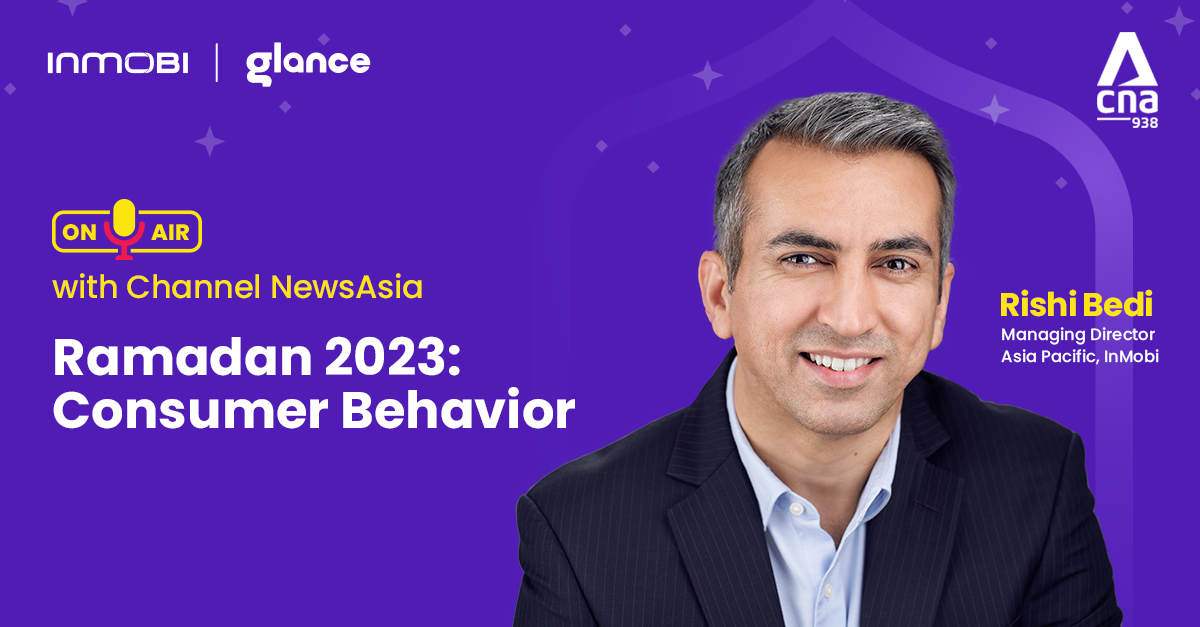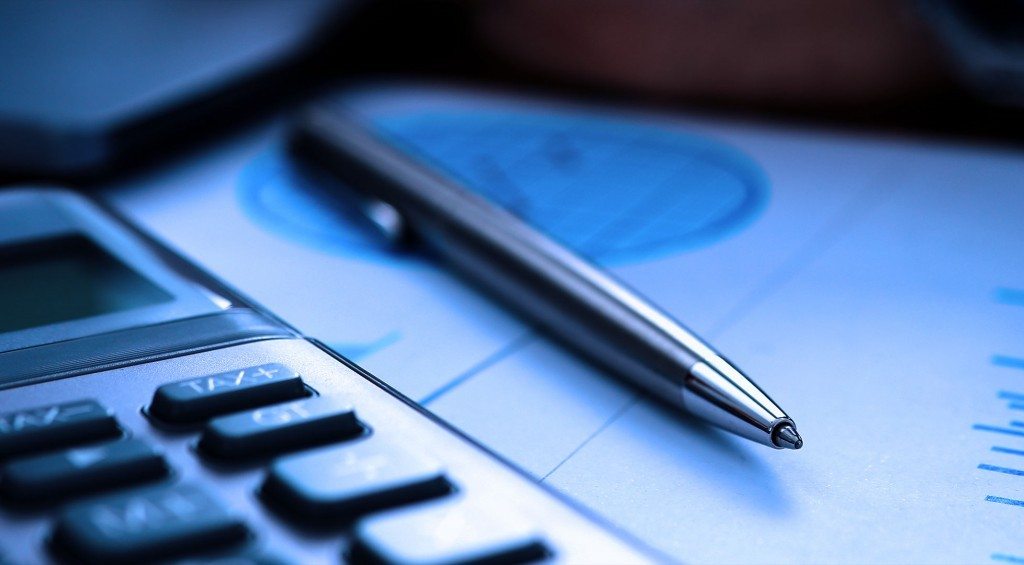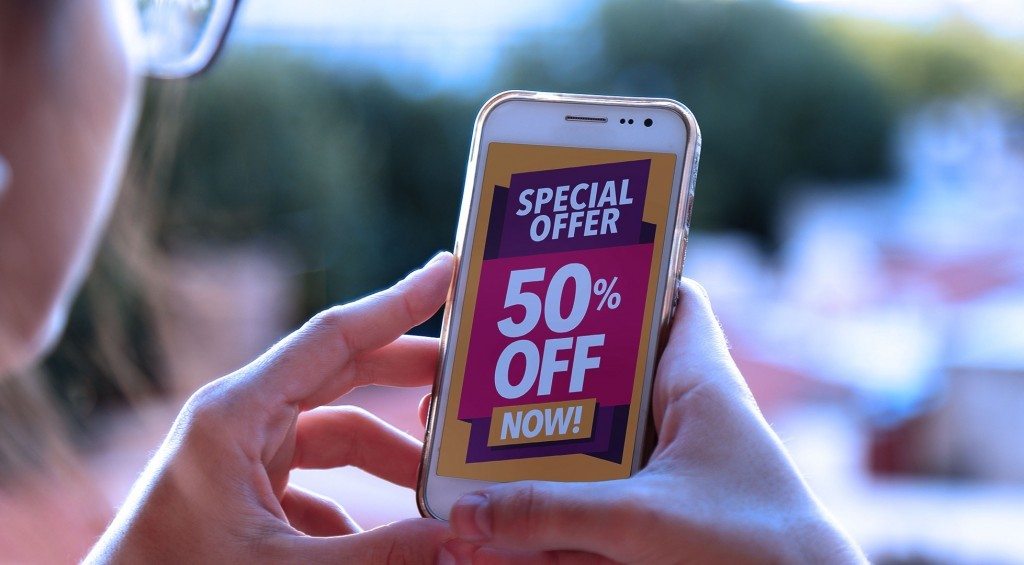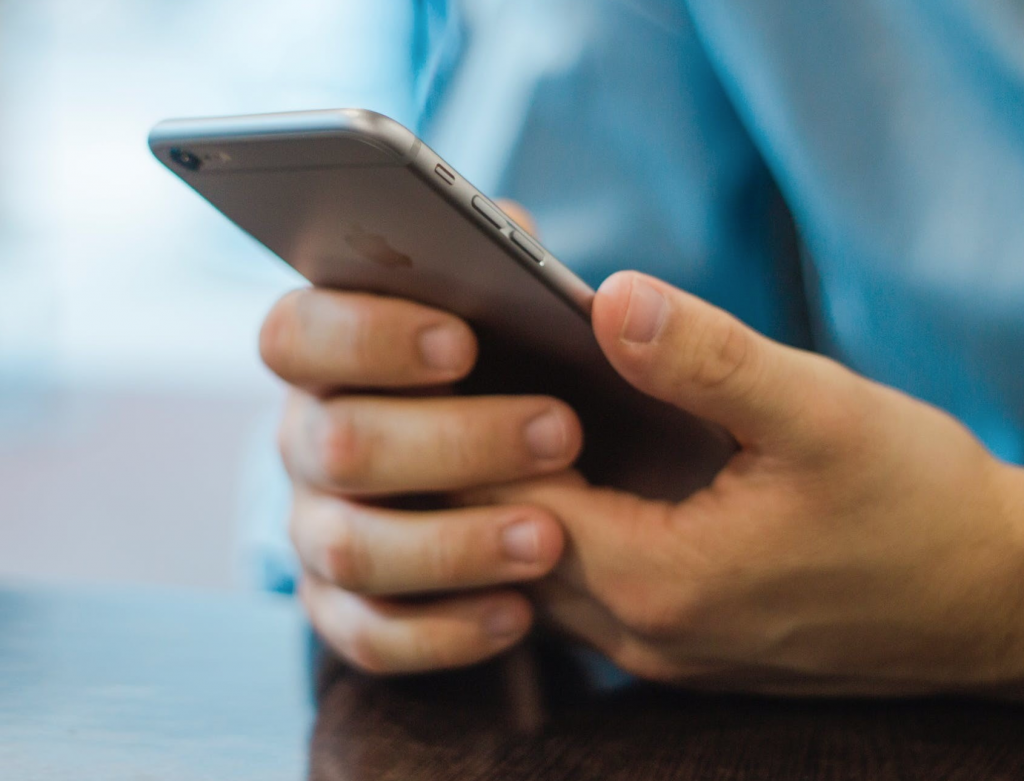- Consumer Research
- Understanding Consumers
- Ramadan Marketing
Highlights From Rishi Bedi’s Chat About Ramadan 2023’s Top Trends With CNA938

Insights that help brands craft Ramadan marketing campaigns
Ramadan is a time of great excitement among the Southeast Asian Muslim population, and engaging this spirited crowd this season requires a tactful, insight-based approach. In this conversation with Tiffany Ang and Stanley Leong from CNA938, Rishi Bedi, Managing Director, APAC, InMobi, discuss how people think, shop, and travel during this season and how brands can engage them effectively, with insights from our report, Ramadan 2023 at a Glance. While the actual interview took place live on CNA938's Money Mind radio show, let’s have a look at a summary of the insights Rishi shared:
Rishi’s top three insights from InMobi’s Ramadan study:
1. “Almost 70% of Indonesians plan to spend a lot more than the last year. So, they have increased their budgets significantly for Ramadan.”
2. “Women are emerging as the big spenders during Ramadan: Almost one out of three women are now looking to spend five million Indonesian rupiahs this year during Ramadan. That's a significant jump – almost $500!”
3. “Mobile is emerging as the most important channel for buying or making purchases during the Ramadan season: 98% of Indonesians said that they will use mobile to explore new products or look for new deals.”
On the top categories of items that Indonesians are shopping for on mobile:
“Gadgets, gift bags, and clothing and accessories. Home appliances are also a big-ticket item in the spender’s shopping list this year.”
On hybrid shopping and preferences for shopping on mobile and at stores:
“People want to buy online but also go to the store and check out some products. For example, if you talk about clothes, you want to browse online, then go to the store and experience it. This is also true for jewelry, for example. But there are a lot of gadgets or electronic items that people can make their purchase decision for while they are on mobile.”
On the most popular mobile activities during Ramadan:
1. “The biggest one, during this holy month of Ramadan, is religious content on mobile. Almost 75% of consumers spend their time engaging with religious content or some prayer-related content.”
2. “The second one is live streams – a fast-growing trend we are experiencing: live streaming by key opinion leaders (KOLs), social influencers, or even gamers.”
3. “And that brings me to the third category, which is mobile gaming. Mobile gaming has been growing not just in Southeast Asia, but also across Asia and the world. Almost 40% of the consumers responded that they would be engaging in mobile gaming, which could be casual games or puzzle games. And there's a fair amount of gender diversity in gaming – almost 50% are females and 50% are males.”
On the notion that gaming is more popular with younger people than older people:
“Even I used to think so! But now, the age range is anywhere from 24 years to 55-60 years, and we have seen that! We’ve got our platform, Glance, where we closely see all these trends. We also observed that morning and evening times are when engagement suddenly grows. Just before the sunrise meal, that is Suhoor; and after Iftar, that is the evening meal: These are the two times when we see content engagement going up significantly.”
On how these insights help businesses plan their advertising strategy:
“There are very interesting trends that businesses need to understand from these insights.
Firstly, there are different types of buying behavior.
There are people who have already decided what they want to buy. It's just that they're waiting for the right deal and offer to come out, and we call them bargain hunters.
There are others who know that they need a product, but they're not sure which brand to go after. We call them category explorers.
And the last buying behavior is people who are sure which brand they need, and they are just looking for the right time to buy. Those are brand lovers.
Now, marketers should pay attention to which consumers they're after. That means, if they're looking for female audiences in a particular age group, they must identify and connect with them with the right messaging. And since it's the month of Ramadan, the messaging could carry some bit of tone and appreciation of this auspicious month.
So, understanding the right audiences and knowing what time of the day and how to engage with them are some things marketers and brands should focus on this year.”
On hybrid shopping and whether it will remain a mainstay for Indonesians:
“Hybrid shopping, especially this year when we've just come out of a pandemic kind of period in the last two years, is seeing a significant jump. Mobile has played a very important role in that experience through the entire journey of exploring products and browsing for and shortlisting which product to buy.
We found out that one out of three apps downloaded in the region is a shopping app. This peaks just two weeks before the Ramadan period! Some of the categories that come out as a preference in the physical buying journey are jewelry, groceries, and home decoration. When you talk about mobile, gadgets come at the top. Other categories are gift packs and accessories.”
On unusual findings from the Ramadan survey:
“This year, we are seeing travel-related expenses go up significantly. Borders are open; people are able to travel very comfortably and conveniently now, so they are making Mudik plans! People are making a lot of plans to travel around Ramadan or closer to Hari Raya. We're seeing that people want to reunite with their families: 68% of Indonesians said they already had made some sort of travel plan. This is a huge window of opportunity for brands connected with the buying behaviors I mentioned: category explorers, brand lovers, and bargain hunters. These trends are very unusual this year, and many brands should benefit from that.”
On whether the results would mirror in case of Muslim shoppers in Singapore and Malaysia markets:
“There is general excitement in all markets in Southeast Asia. Our study shows that the Suhoor time in Singapore and Malaysia is 6:00 AM, and in Indonesia, it is 4:45 AM. So, the Suhoor or daybreak – the starting of the day – is very different. Because of this, we also see that online shopping behavior or exploring starts in Indonesia as early as 8:00 AM. But in Singapore and Malaysia, it starts later. While 98% of Indonesians are looking to do shopping online, in Malaysia and Singapore, it is about 70%. The product categories are also very different in each of the markets. In Indonesia, the biggest categories are apparel, gift items, and food items. In Malaysia, these are skincare items. And in Singapore, these are food items, cookware, and perfumes. These are some differences that we observed among the three countries.”
On whether consumer trends during Ramadan are similar to festivals such as the Chinese New Year and Christmas:
“The general excitement around the festival is very high, similar to the Chinese New Year, but there are some differences, and the differences are because Ramadan is a month-long observance of this festival. You have a long period, that's a 30-day period, as opposed to, let's say, a three- or four-day period. So, that's a major difference.”
On the Ramadan trends to expect beyond 2023:
“Mobile has risen as a very important channel. Consumers are spending so much more time on mobile, and that behavior is because of COVID and
the pandemic when people were locked down. It's continuing and that's why mobile spending, mobile experiences, and time spent on consuming content on mobile is a lot higher. This what marketers, brands, and anyone looking to engage with consumers should pay attention to.”
That was just a glance at Ramadan 2023! For more strategies to engage your audience during Ramadan, read our ultimate Ramadan marketing guide.
Stay Up to Date
Register to our blog updates newsletter to receive the latest content in your inbox.






